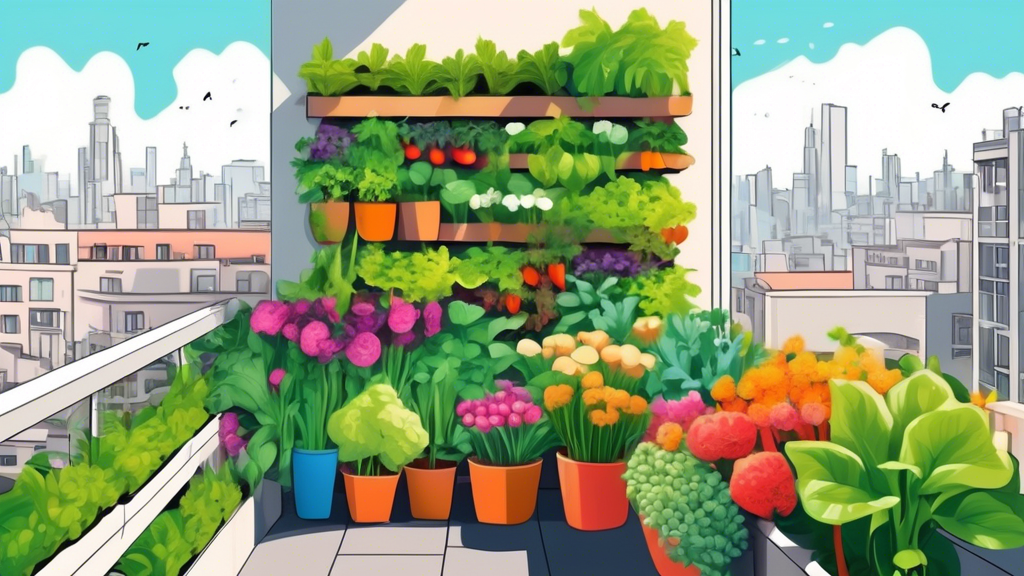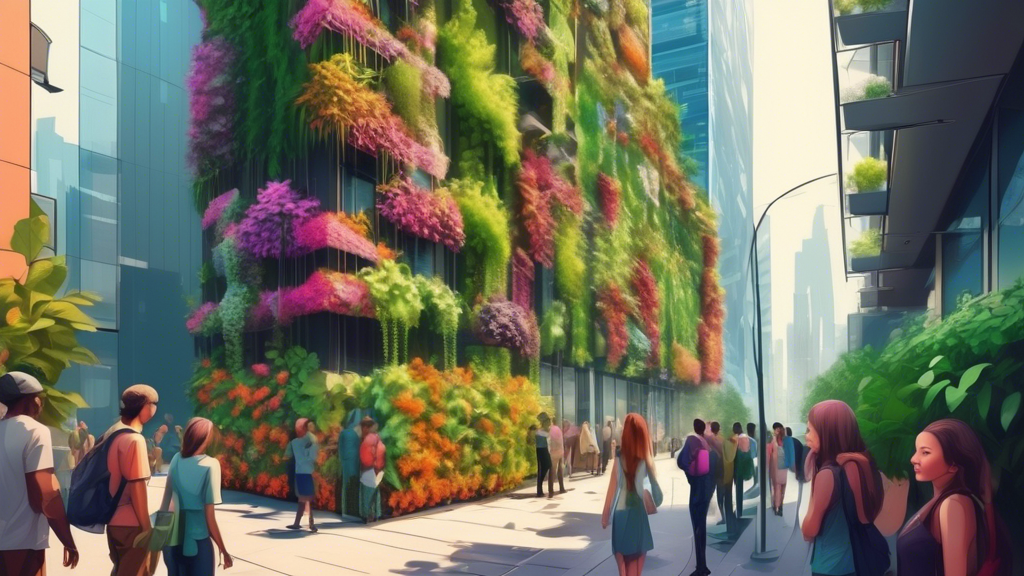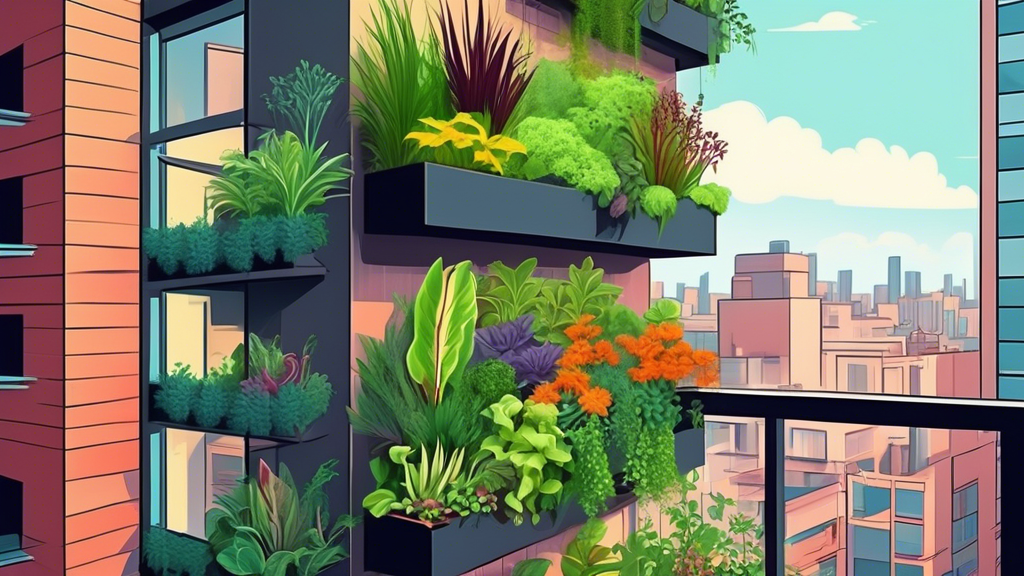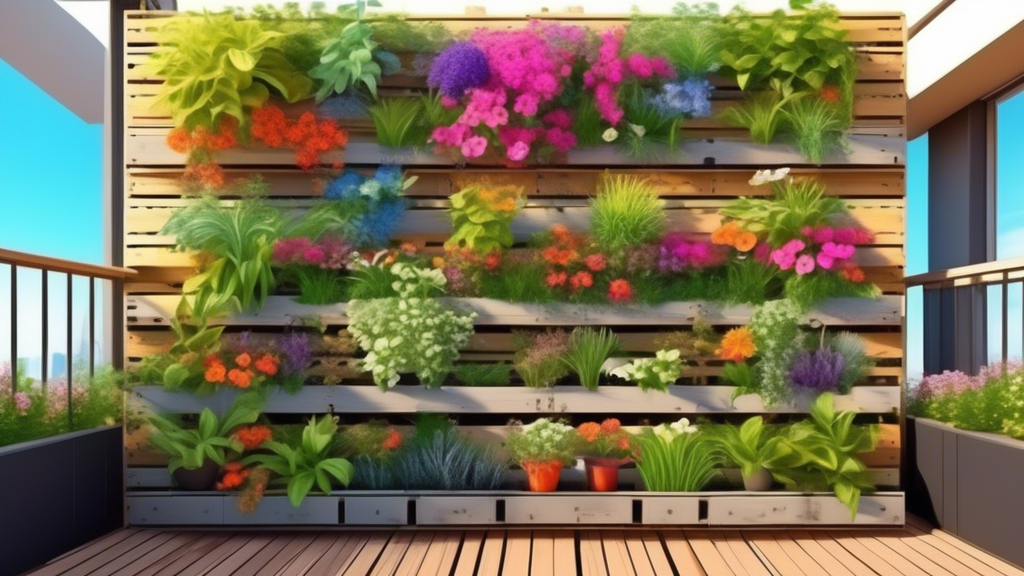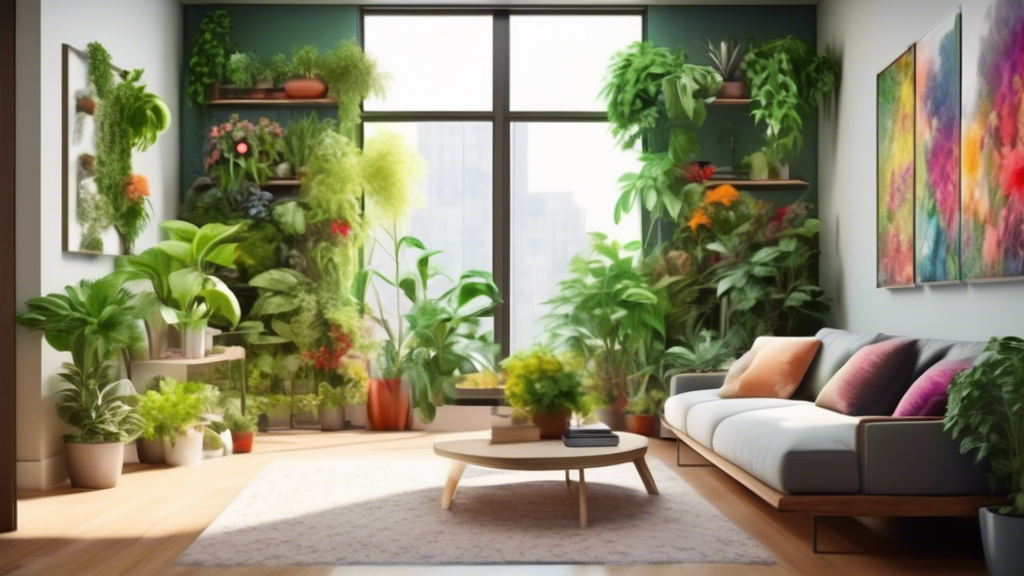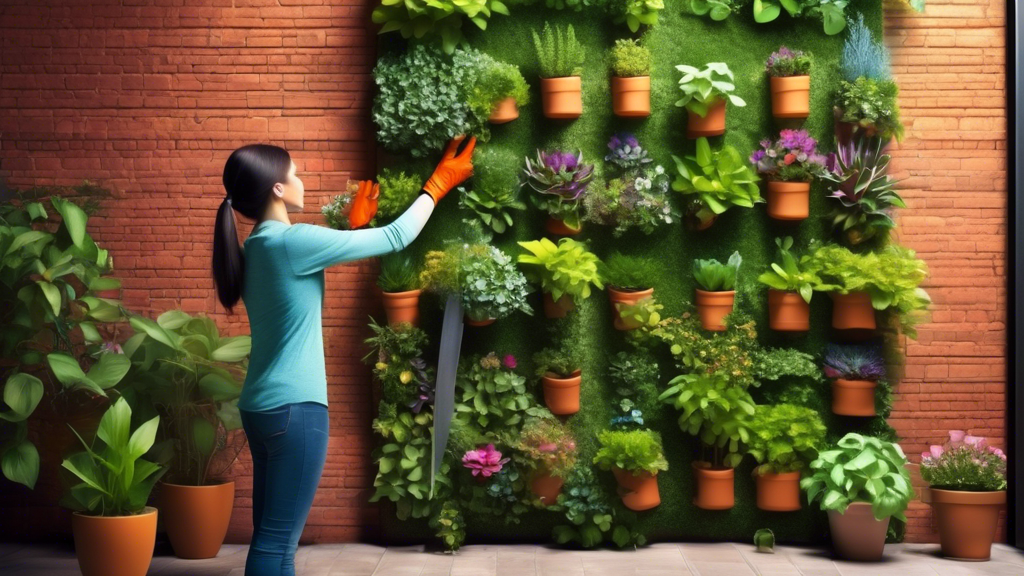
Why Go Vertical? Benefits Beyond Saving Space
Solving Common Challenges for Beginners
Many new gardeners face hurdles that can make traditional gardening feel impossible. Vertical gardening offers elegant solutions to these common frustrations.
- Limited Space: Transform blank walls, balconies, or small patios into lush, productive areas.
- Poor Soil Quality: Use a controlled, high-quality potting mix instead of struggling with poor native ground soil.
- Back Strain: Garden at waist or eye level, eliminating the need for constant bending and kneeling.
- Pest Control: Elevating your plants makes them harder for ground-dwelling pests like slugs and rabbits to reach, and easier for you to inspect.
A Unique Benefit You Might Not Have Considered
The Microclimate Effect: A vertical structure can create its own unique environment. When placed against a sunny wall, it absorbs heat during the day and radiates it back at night, creating a warmer microclimate that can protect tender plants from mild chills and even extend your growing season by a few precious weeks.
Planning Your First Vertical Garden
Choosing the Perfect Location
The success of your garden starts with the right spot. Assess the sunlight throughout the day—most edible plants need 6-8 hours of direct sun. Also, ensure the location is near a water source and that the wall or structure can support the weight of the garden, especially when saturated with water.
Picking the Right Plants for Vertical Success
For your first project, choose plants that are forgiving and well-suited to container life.
- Best for Beginners: Herbs (basil, mint, oregano), leafy greens (lettuce, kale, spinach), and compact vegetables like strawberries and cherry tomatoes.
- What to Avoid (For Now): Large, heavy vegetables (pumpkins, melons) or plants with deep taproots (carrots, parsnips).
Vertical Garden System Showdown: A Beginner’s Comparison
| System Type | Pros | Cons |
|---|---|---|
| Pocket Planters | Inexpensive, lightweight, easy to install | Soil dries out quickly, less durable over time |
| Pallet Gardens | Often free/cheap, rustic aesthetic, good for larger plants | Can be very heavy, requires preparation to be plant-safe |
| Tiered Planters | Stable, no wall mounting needed, modular design | Can be costly, takes up floor space |
| Trellis Systems | Ideal for climbing plants like beans and cucumbers | Requires vining plants, offers less soil volume |
Your Step-by-Step Project: Building a Simple Pocket Wall Garden
Tools & Materials You’ll Need
- A felt pocket planter panel or geo-textile fabric
- A sturdy wooden or metal frame and heavy-duty wall hooks
- High-quality potting mix (do not use garden soil)
- Seedlings or starter plants
- Scissors, staple gun, watering can with a long spout
Assembly & Installation
- Securely mount the frame to your wall, ensuring it is level and anchored into studs or solid masonry.
- Attach the pocket panel to the frame using a staple gun or recommended fasteners.
- Pre-moisten your potting mix so it’s damp but not soggy.
Planting Your Garden
- Gently place a plant into each pocket, carefully adding soil around the roots to secure it.
- Always start planting from the bottom row and work your way up to prevent soil from spilling onto the plants below.
- Firm the soil gently around the base of each plant to eliminate large air pockets.
The First Watering
Water slowly from the top, allowing the moisture to trickle down through the pockets. The felt material will help wick and distribute the water evenly. Continue until water just begins to drip from the bottom pockets.
Caring for Your Vertical Garden
Watering Wisely (The Biggest Challenge!)
Vertical gardens, especially felt ones, dry out much faster than traditional pots. Check the soil for moisture daily by feeling the top inch. For easier maintenance, a simple DIY drip irrigation system with a timer can be a game-changer.
Feeding Your Plants
Nutrients are washed out of the soil with frequent watering. Replenish them by using a diluted, balanced liquid fertilizer every two to four weeks throughout the growing season.
Pruning and Harvesting
Regularly harvest leaves and herbs to encourage the plants to become bushier and produce more. Pinch off any flowers from herbs like basil to direct energy back into leaf growth.
Frequently Asked Questions (FAQs)
How much does it cost to build a vertical garden?
The cost can vary widely. A simple DIY pocket planter can cost as little as $30, while larger, pre-made modular systems can be $200 or more. Starting small is very budget-friendly.
What is the best wall for a vertical garden?
A south or west-facing wall that receives plenty of sunlight is ideal for most edible plants. Always ensure the wall material is structurally sound and can handle the significant weight of a wet garden.
Do vertical gardens cause wall damage?
They can if not installed correctly. Always use a waterproof barrier, like a sheet of plastic or a specialized membrane, between the planter and your wall to protect it from constant moisture.
Can I grow vegetables vertically?
Absolutely! Many vegetables excel in vertical systems. Tomatoes (with cages), pole beans, peas, cucumbers, and a wide variety of leafy greens are all excellent choices for a vertical vegetable garden.
